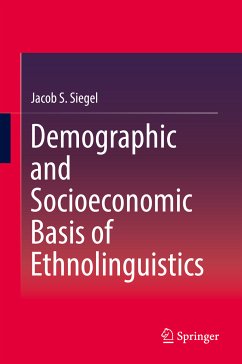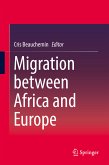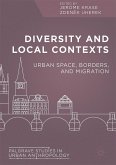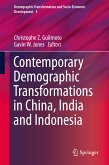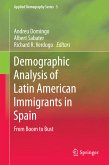This book presents a description and analysis of sociolinguistics written from a demographer's perspective. It synthesizes the data on the materials, methods, and issues of this interdisciplinary field, pulling together the scattered materials published in this area into a coherent whole. Drawing on a wide range of sciences in addition to demography and sociolinguistics, including sociology, anthropology, statistics, psychology, neuroscience, and public policy, the book treats theoretical and applied issues, links methods and substantive findings, covers both national and international materials, and provides prehistorical, historical, and contemporary illustrations. The book treats the theoretical issue of how the language we use develops socially on a base of linguistic genetic capacity and the practical issue of how the intervention of the state and public figures may profoundly alter the natural evolution of the language. As such, this book will appeal to a wide range of users, from students to teachers and practitioners of social demography, sociolinguistics, cultural anthropology, and particularly to those social scientists interested in ethnic studies and human migration.
Dieser Download kann aus rechtlichen Gründen nur mit Rechnungsadresse in A, B, BG, CY, CZ, D, DK, EW, E, FIN, F, GR, HR, H, IRL, I, LT, L, LR, M, NL, PL, P, R, S, SLO, SK ausgeliefert werden.

